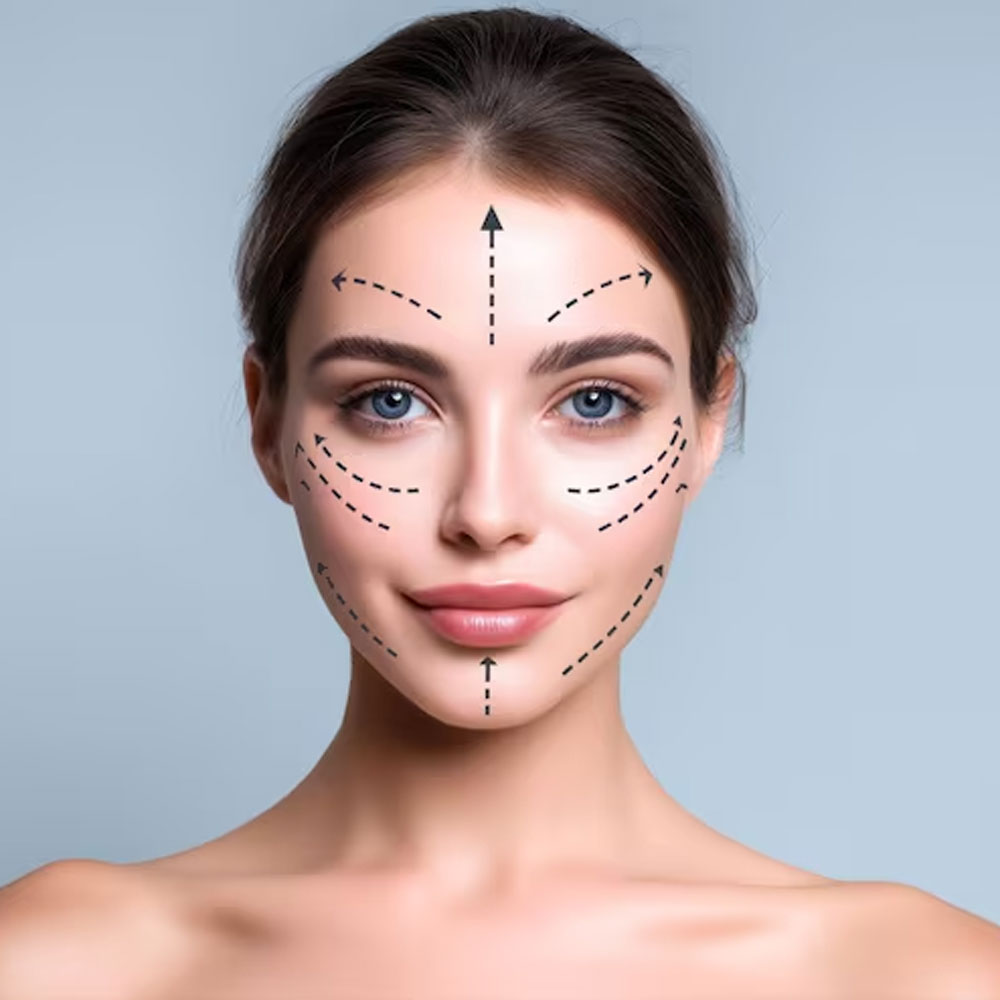What Is a Deep Plane Facelift?
A Deep Plane Facelift targets the deeper layers of the facial anatomy, allowing the surgeon to release the retaining ligaments and reposition the facial tissues vertically, rather than pulling the skin horizontally. This technique restores volume in the midface, elevates sagging cheeks, softens deep nasolabial folds, and improves jawline and neck contours.
Benefits of Deep Plane Facelift at Elyzee Hospital
- Natural-looking results: No stretched or “pulled-tight” appearance.
- Long-lasting lifting: Addresses deeper muscle and ligament layers for durable improvement.
- Restores facial volume: Lifts the midface and cheeks without needing fillers.
- Improves jawline and neck definition: Treats jowls and skin laxity.
- Minimal tension on the skin: Leads to finer scars and smoother healing.
Deep Plane vs. Traditional Facelift
While traditional facelifts tighten the skin and superficial layers, the Deep Plane approach goes deeper — lifting the underlying structure of the face. This results in a fuller, more youthful appearance that looks natural, not over-tightened.
Ideal Candidates for the Deep Plane Facelift
- Visible sagging in the cheeks and jawline.
- Deep nasolabial folds or marionette lines.
- Laxity in the neck or lower face.
- Desire for natural results without the “pulled” facelift look.
- Good overall health and realistic expectations.
Consultation and Preparation at Elyzee Hospital
During your consultation at Elyzee Hospital, our facial plastic surgeon evaluates the facial structure, skin elasticity, and aging pattern to design a customized surgical plan. Preoperative preparation may include:
- Stopping certain medications that increase bleeding.
- Preoperative lab tests and medical clearance.
- Avoiding smoking before surgery to support healing.
- Arranging post-surgery assistance at home for the first 24 hours.
How the Deep Plane Facelift Is Performed
- Anesthesia: Performed under general anesthesia for comfort and safety.
- Incision placement: Incisions are placed around the ears and hairline for discreet healing.
- Deep plane release: The surgeon releases facial retaining ligaments and repositions deeper tissues.
- Lift and reshaping: Cheeks, jawline, and neck are lifted naturally without tightening the skin excessively.
- Skin closure: Skin is gently repositioned and sutured, avoiding tension.
Recovery After Deep Plane Facelift
Patients typically return to social activities within 2 to 3 weeks. Swelling continues to improve over the next several weeks. For best recovery:
- Follow the postoperative care plan and attend follow-up appointments at Elyzee Hospital.
- Avoid strenuous activities during early recovery.
- Sleep with head elevated to reduce swelling.
Expected Results
Results are visible gradually as swelling decreases. The face appears lifted, refreshed, and youthful, without looking operated on. Results last significantly longer than traditional facelifts due to tightening of the deeper anatomical layers.












